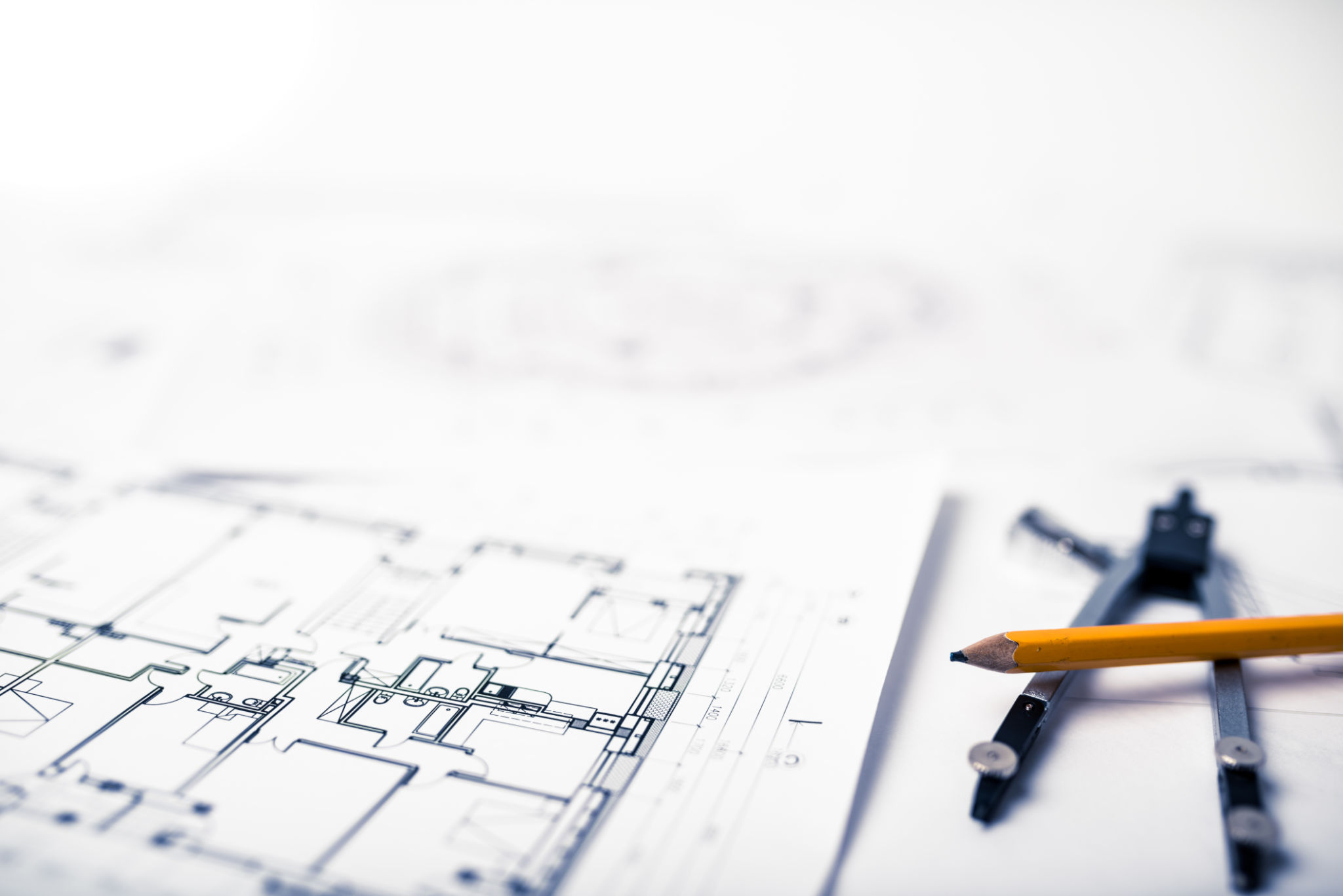🏙️ One Talcott Plaza Redevelopment: A New Era for Downtown Hartford
Hartford, Connecticut, is on the cusp of a significant transformation with the proposed redevelopment of One Talcott Plaza. This ambitious $200 million project aims to revitalize a long-neglected area of downtown, introducing a mixed-use development that promises to enhance urban mobility, stimulate economic growth, and foster community engagement. At the heart of this redevelopment is the creation of a regional bus transit center, poised to become a central hub for passenger route connections throughout the city.

Historical Context
One Talcott Plaza, originally constructed in the 1950s as a warehouse for the renowned G. Fox & Co. department store, has long stood as a testament to Hartford's rich commercial history. The structure, which includes a parking garage and office space, has been vacant and deteriorating for years, symbolizing the challenges faced by many urban centers in repurposing aging infrastructure. A notable feature of the plaza is the historic footbridge that once connected it to the G. Fox building, an architectural gem that preservationists have ardently advocated to save. Home+1Hartford Business Journal+1

The Redevelopment Vision
The proposed plan for One Talcott Plaza is both comprehensive and forward-thinking. Key components include:
Demolition of Existing Structures: The first phase involves the removal of the decaying office complex and parking garage to make way for new construction. Home
Regional Bus Transit Center: Envisioned as the "Grand Central of Hartford County," this state-of-the-art facility aims to centralize bus routes, facilitating seamless connections and reducing downtown congestion. Home
Residential and Commercial Spaces: The development plans to introduce up to 400 apartments, catering to a diverse range of residents. Additionally, 30,000 to 40,000 square feet of retail space is proposed, potentially accommodating a large tenant such as a grocery store, thereby enhancing local amenities. Home
Public Spaces and Parks: Incorporating green spaces and parks is a priority, aiming to provide residents and visitors with areas for recreation and community gatherings.

Underground Parking: To address parking needs without compromising the aesthetic and functional aspects of the development, underground parking facilities are planned.
Funding and Partnerships
The City of Hartford has proactively sought financial support for this transformative project. A significant step in this direction is the application for a $22 million state grant to finance the demolition phase. This grant is part of the Community Investment Fund program, designed to foster economic development in traditionally underserved communities. The proposed transit hub has garnered strong support from the Connecticut Department of Transportation, highlighting its potential to improve bus operations and enhance the overall commuting experience. InstagramHome+1Instagram+1
The redevelopment is envisioned as a public-private partnership, with key stakeholders including:
LAZ Investments: An arm of the Hartford-based parking giant LAZ Parking, which, along with Shelbourne Global Solutions LLC, owns the site. Home+1Hartford Business Journal+1
Shelbourne Global Solutions LLC: Brooklyn-based and recognized as downtown Hartford's largest commercial landlord, Shelbourne has committed to investing at least $4 million to demolish the existing garage and construct a new one in its place. Hartford Business Journal+1Home+1
Architectural and Design Considerations
A pivotal aspect of the redevelopment is the preservation and integration of the historic footbridge that once linked One Talcott Plaza to the G. Fox building. This neoclassical-style bridge, adorned with copper cladding and a distinctive clock face, holds significant architectural and historical value. Plans are underway to dismantle and repurpose the bridge within the new development, ensuring that this piece of Hartford's heritage is not lost but celebrated in a contemporary context. Home+1Hartford Business Journal+1

Community and Economic Impact
The redevelopment of One Talcott Plaza is poised to have a multifaceted impact on Hartford:
Enhanced Transportation Infrastructure: By centralizing bus routes, the transit center is expected to streamline urban mobility, making public transportation more efficient and user-friendly.
Economic Revitalization: The infusion of residential and commercial spaces is anticipated to stimulate economic activity, create jobs, and increase the city's tax base.

Improved Quality of Life: The addition of green spaces, retail amenities, and modern housing options contributes to a more vibrant and livable urban environment.
Cultural Preservation: By integrating historical elements like the footbridge, the project honors Hartford's rich history while embracing modern development.
Challenges and Considerations
While the vision for One Talcott Plaza is ambitious, several challenges must be addressed:
Securing Full Funding: The project's success hinges on obtaining the necessary grants and investments, including the $22 million state grant currently under consideration.Home
Community Engagement: Ensuring that the redevelopment meets the needs and desires of Hartford's diverse community requires ongoing dialogue and inclusive planning.
Preservation Efforts: Careful planning is needed to successfully integrate the historic footbridge into the new development without compromising its integrity.

Conclusion
The proposed redevelopment of One Talcott Plaza represents a bold step forward for Hartford, blending respect for historical landmarks with a vision for a dynamic, interconnected urban future. By focusing on sustainability, accessibility, and community-centric design, this project has the potential to serve as a model for urban revitalization, not only in Connecticut but across the nation. As plans progress, the collaborative efforts of city officials, developers, and the community will be crucial in bringing this transformative vision to fruition.
